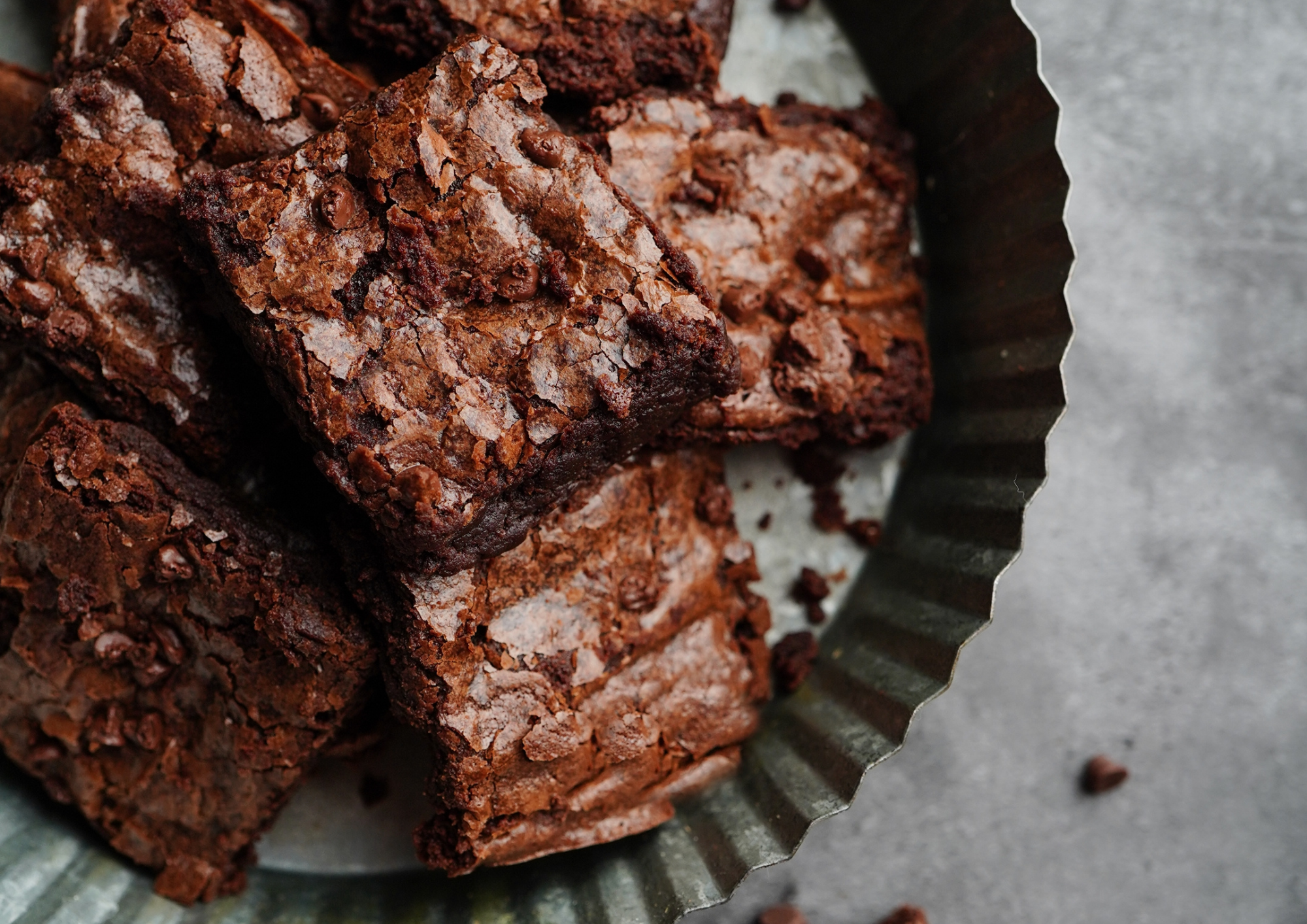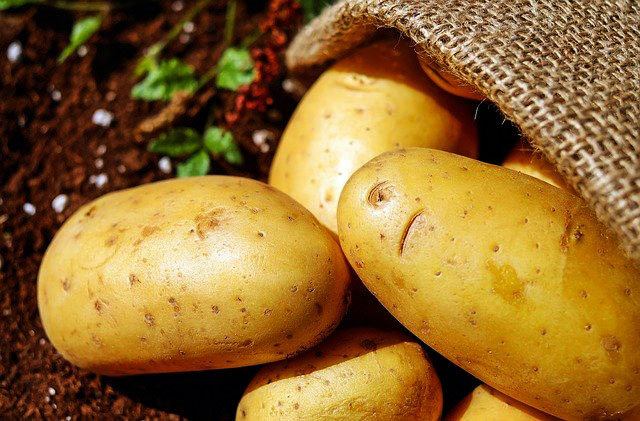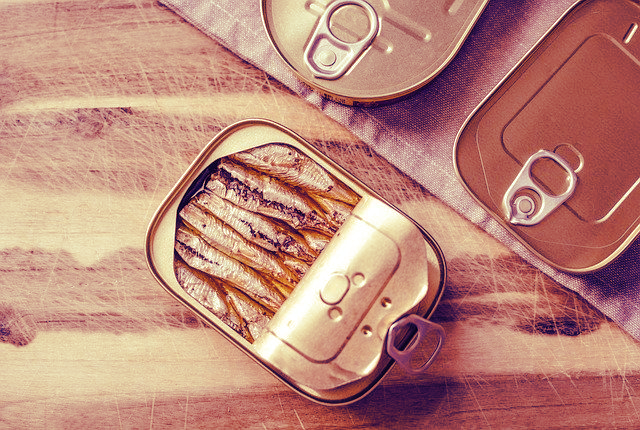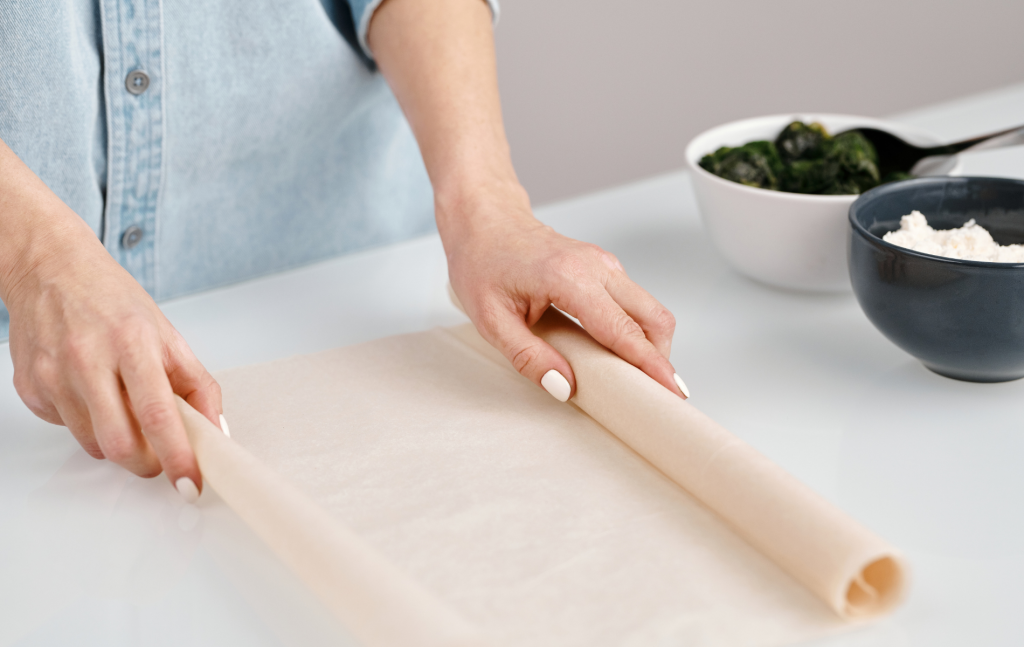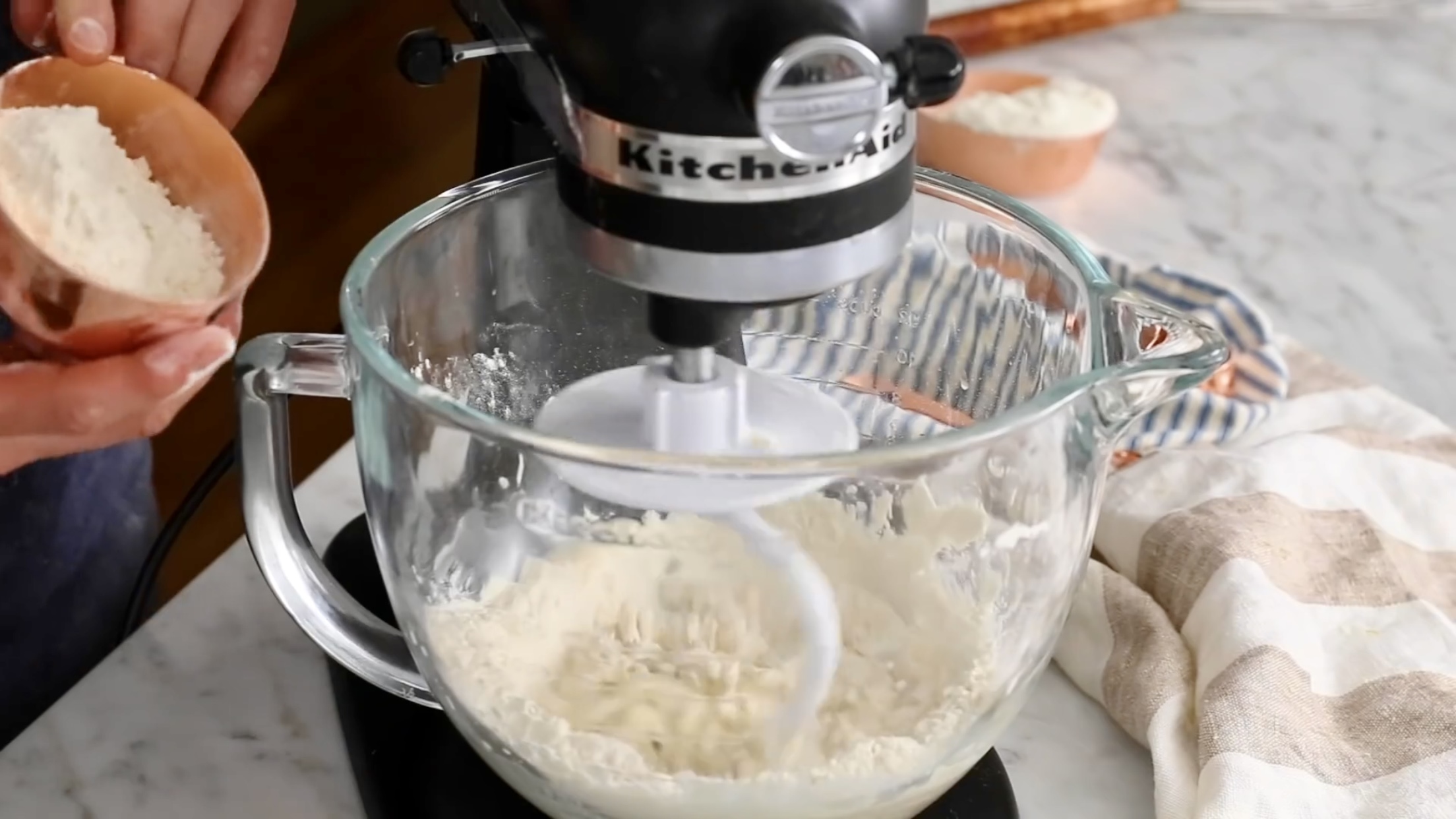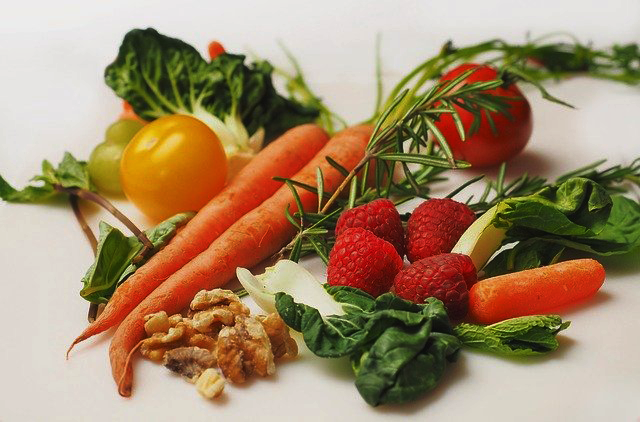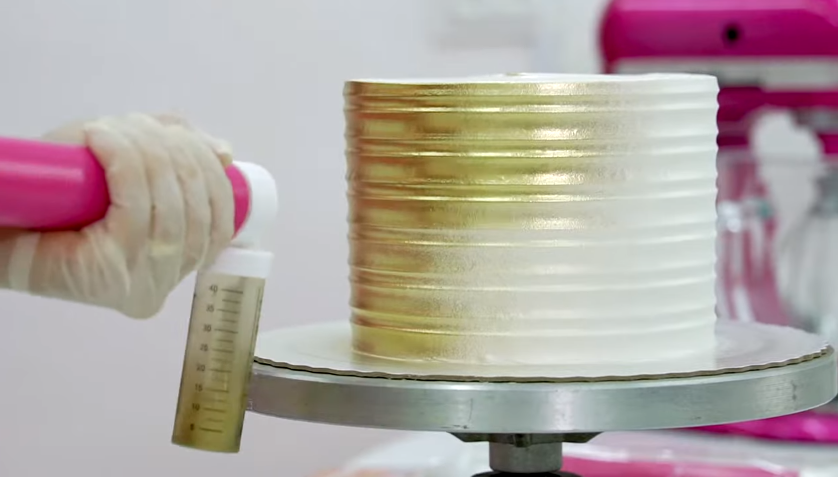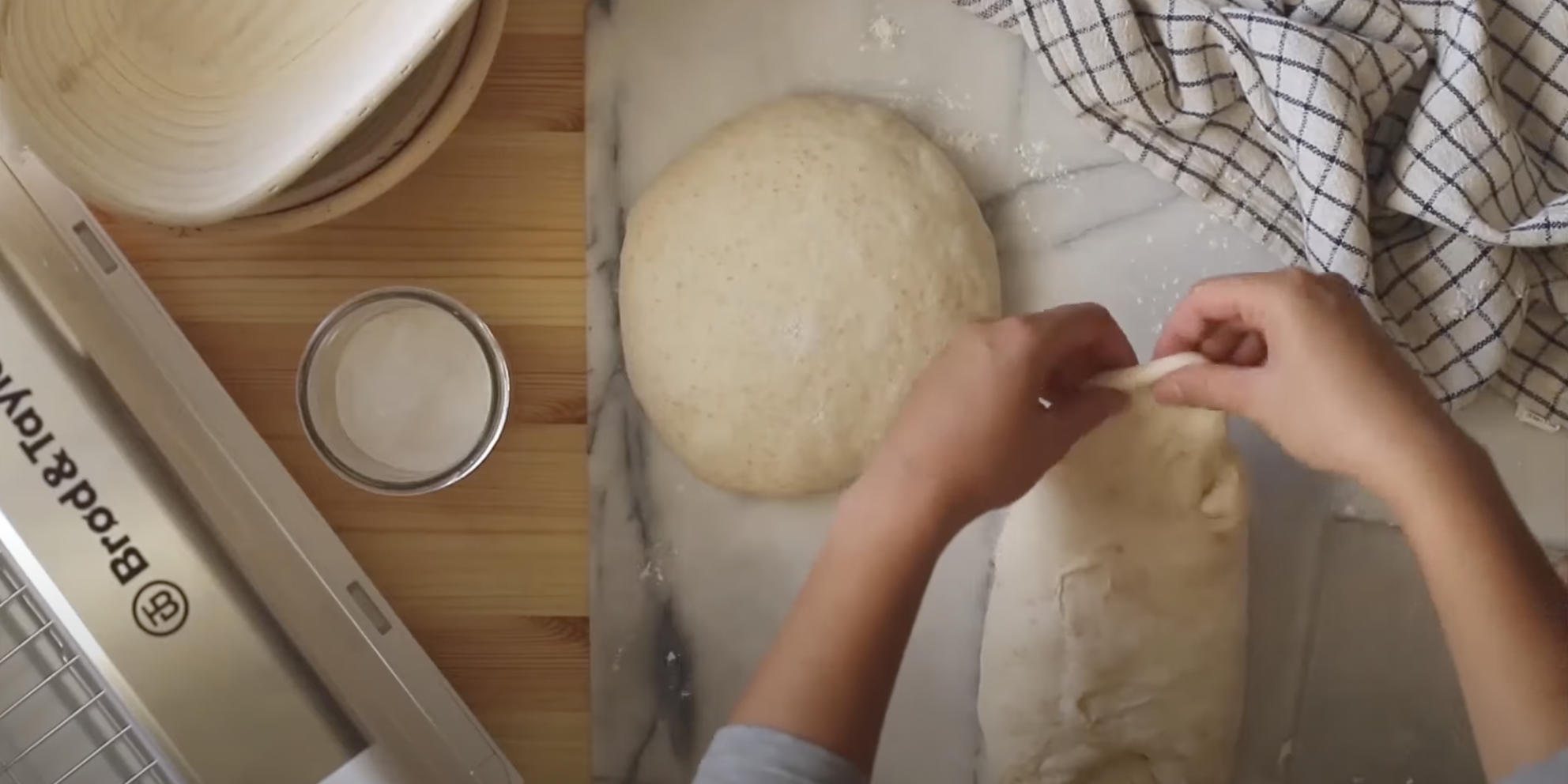Clam Broth
At the fish market, look for clams that are steely gray, not chalky white (the white is a sign of age). If a clam is open, even slightly, push its shells back together; if it doesn't stay closed, discard it. If the shell is cracked, discard it. Feel the clams for weight. if one feels light, it could be dead; if it feels unusually heavy, it may be filled with mud. Try to pry it open and see if you have one of these problems. If you do, discard it.
For equipment, you will need a 7- to 8-quart stockpot with a tight-fitting lid, a wooden spoon, and a fine-mesh strainer.
Ingredients
Instructions
Put the water in a 7- to 8-quart stockpot and bring to a boil over high heat. Add the clams and cover tightly. After 5 minutes, uncover and stir the clams with a wooden spoon. Quickly cover the pot again and let steam for 5 minutes more, or until most of the clams have opened. Don't wait for them all to open, or they will be overcooked. It should only take a little tug or prying to open the stragglers once they are all removed from the heat. The total cooking time for large cherrystones will be about 10 minutes; quahogs will need as much as 5 minutes longer. (Littlenecks and other small clams will take only 6 to 8 minutes.) While the clams are steaming, the broth becomes foamy and light. It usually spills over a bit just as the clams are cooked and ready.
As soon as you remove the clams from the stove, carefully pour as much of the broth as you can into a tall narrow container. Let the broth sit for 10 minutes, then carefully pour through a fine-mesh strainer. You can line the strainer with cheesecloth as an extra precaution, but if you are careful and stop before you pour off all the broth, it is not really necessary. After sitting, 99 percent of the grit will have collected at the bottom of the container. If you are not using the broth within the hour, chill it as quickly as possible and cover it after it has completely cooled. Keep refrigerated for up to 3 days, or freeze for up to 2 months.
Meanwhile, remove the clams from their shells, cover, and refrigerate until ready to use. (They are easier to dice and hold together better after they are chilled.)
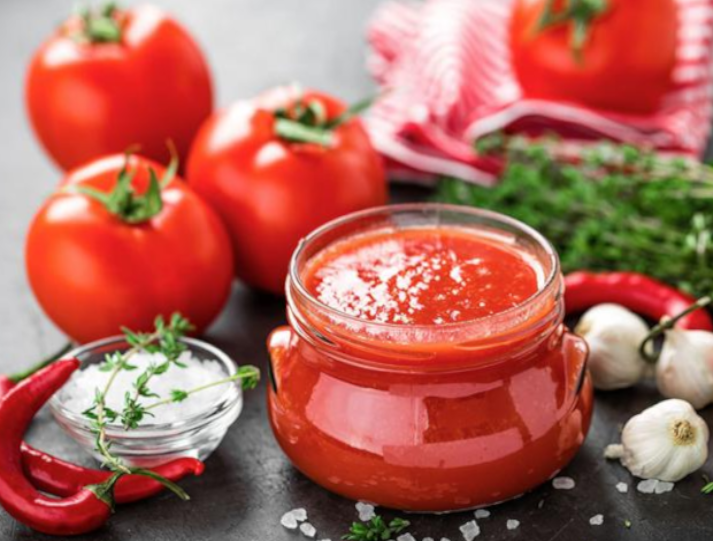
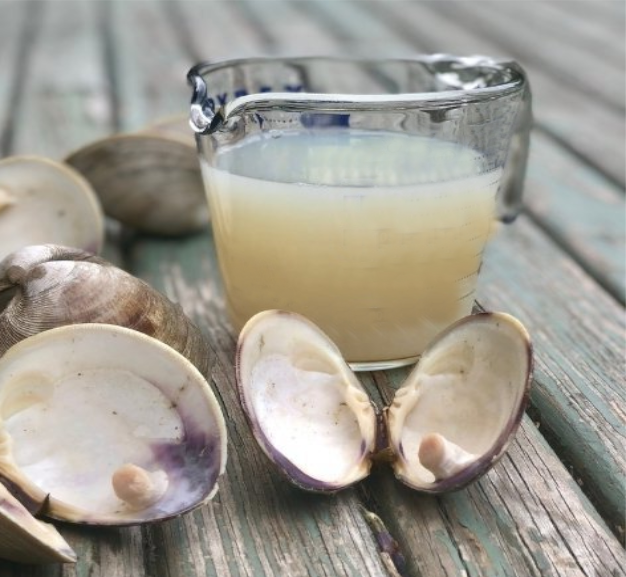
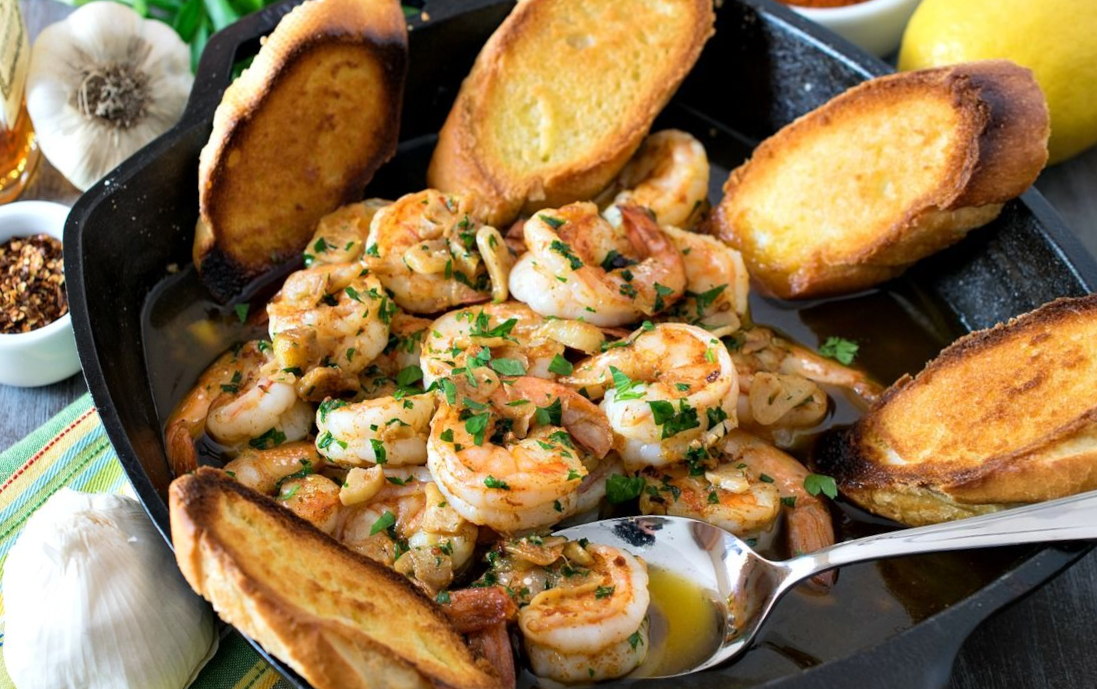

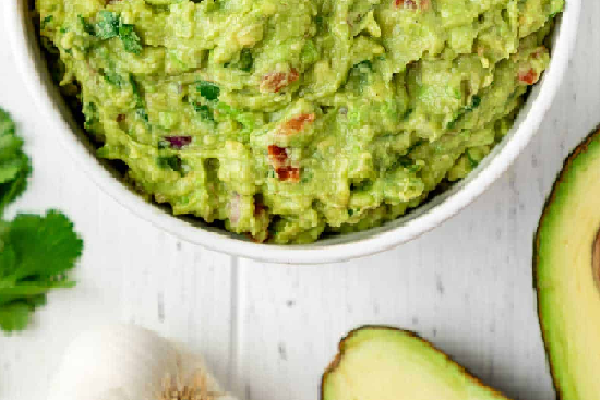
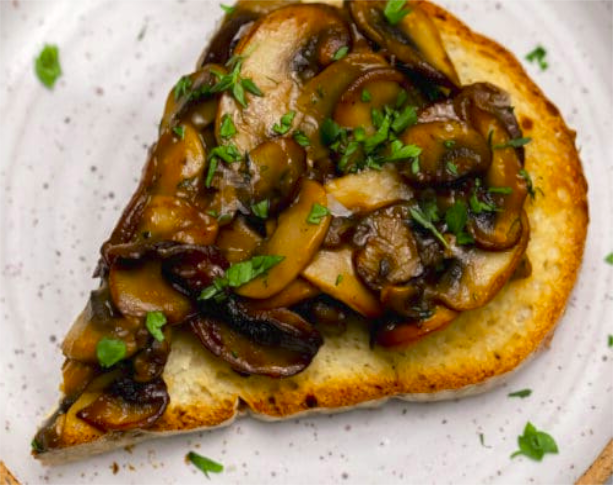
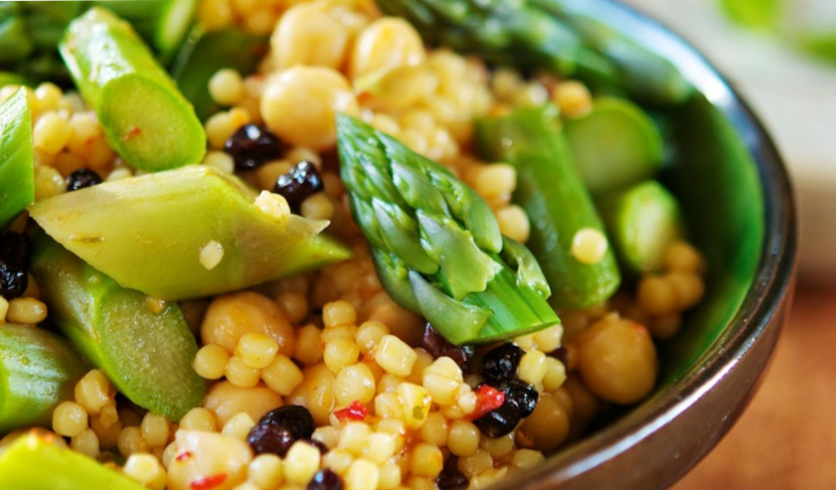
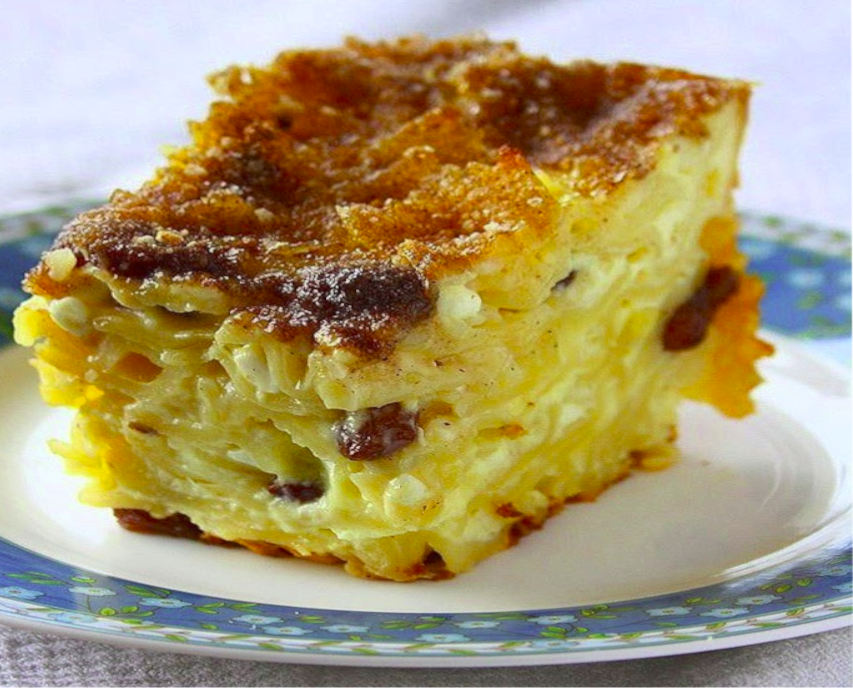
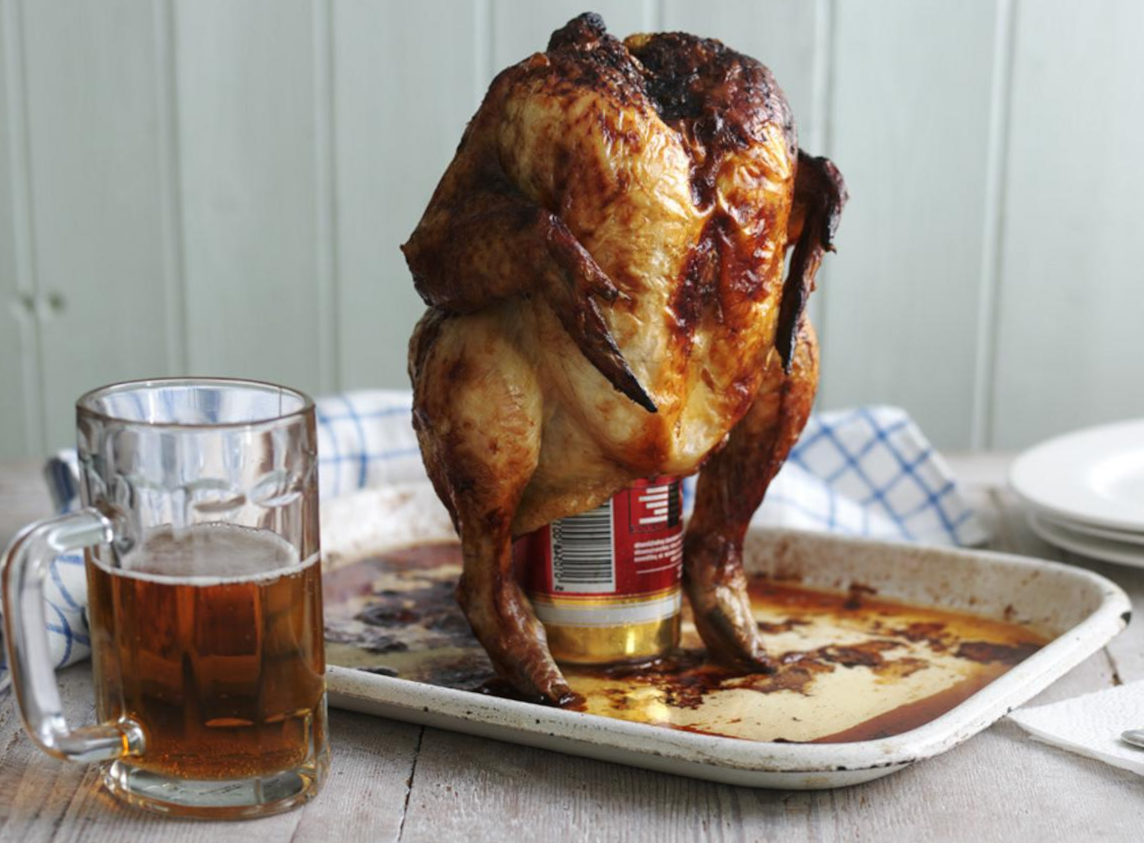

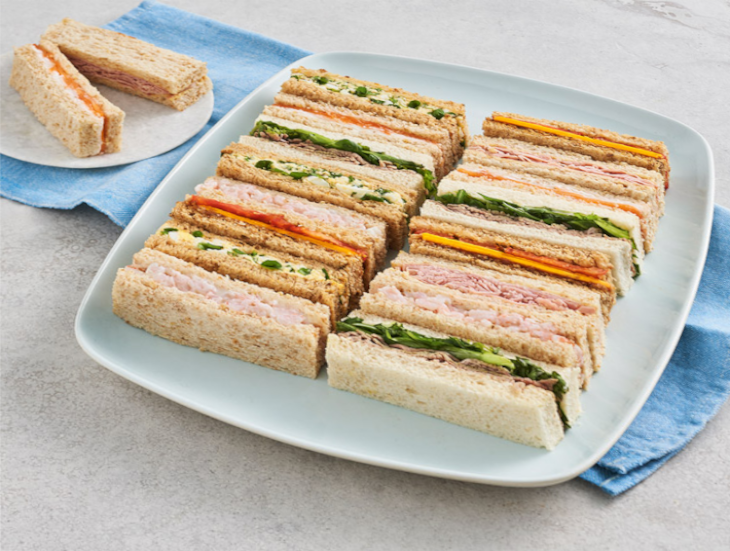



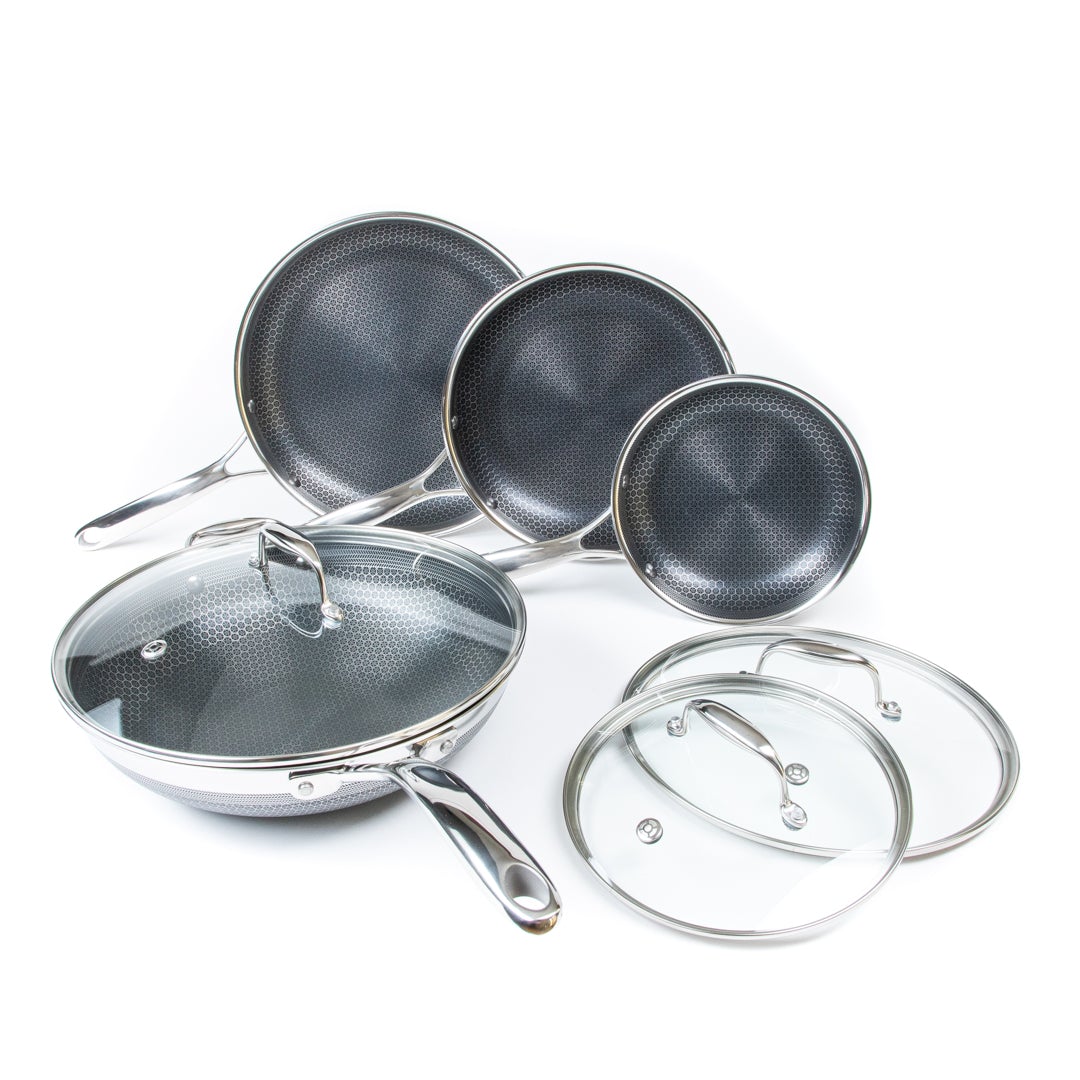
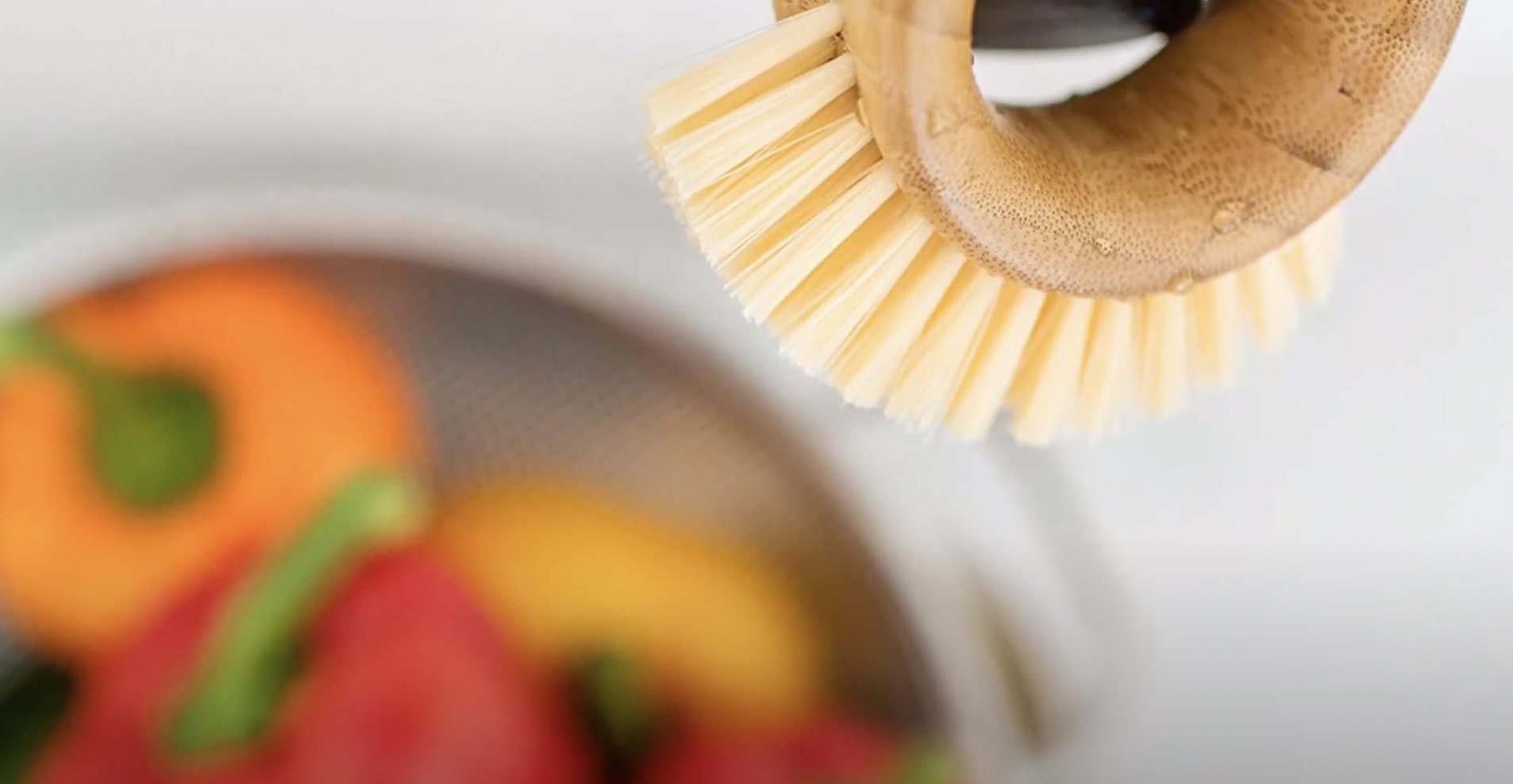
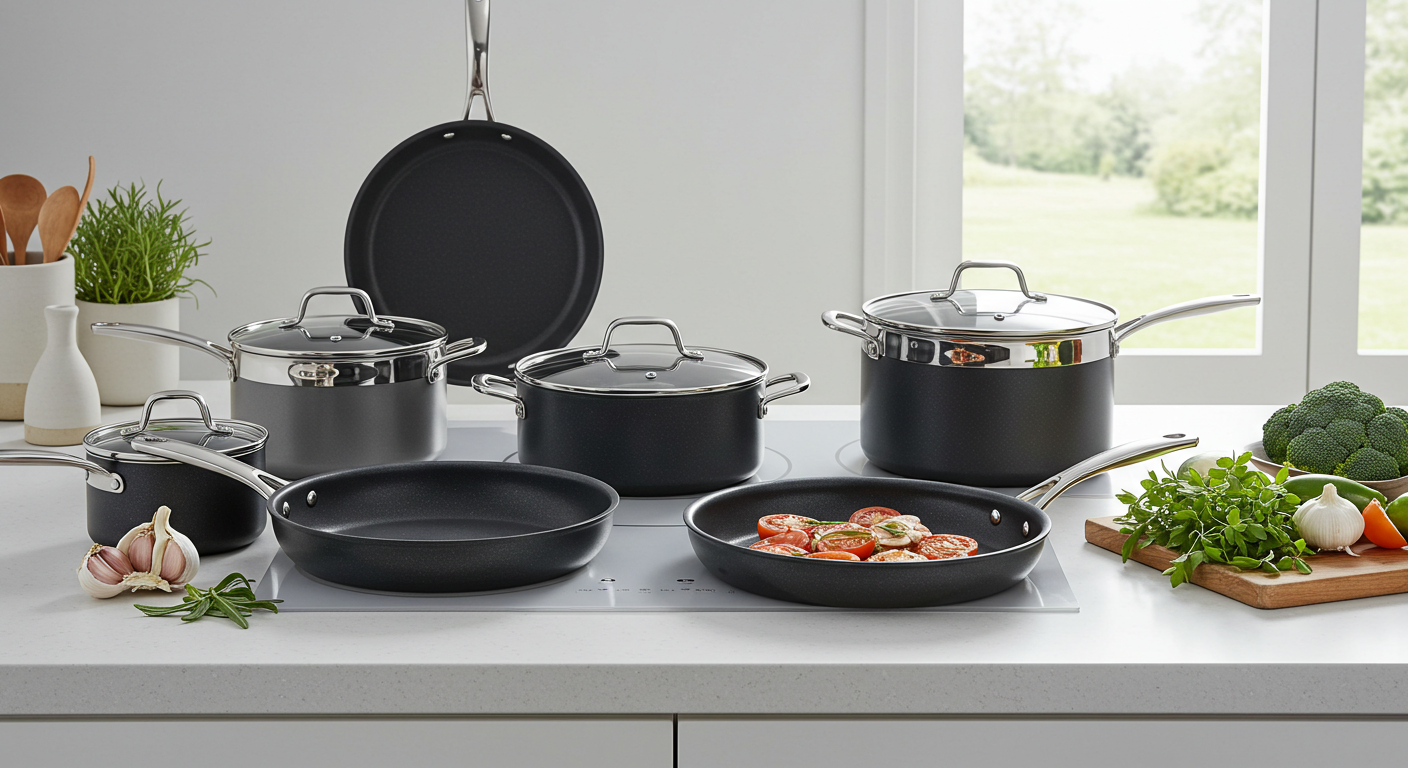
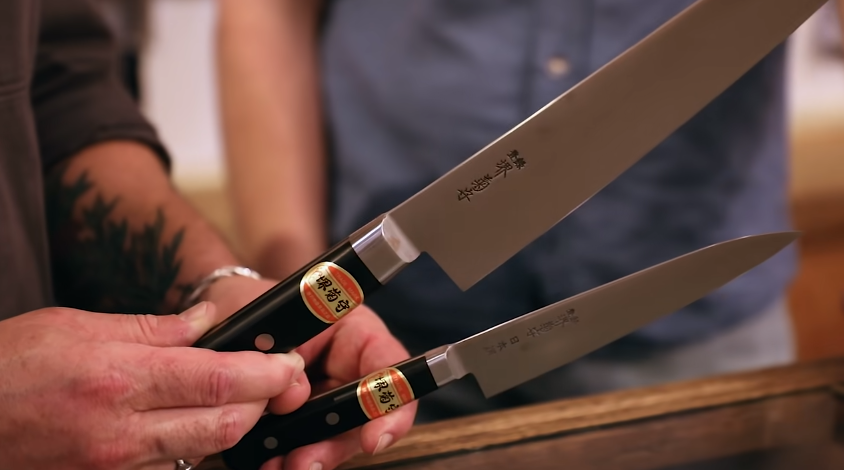
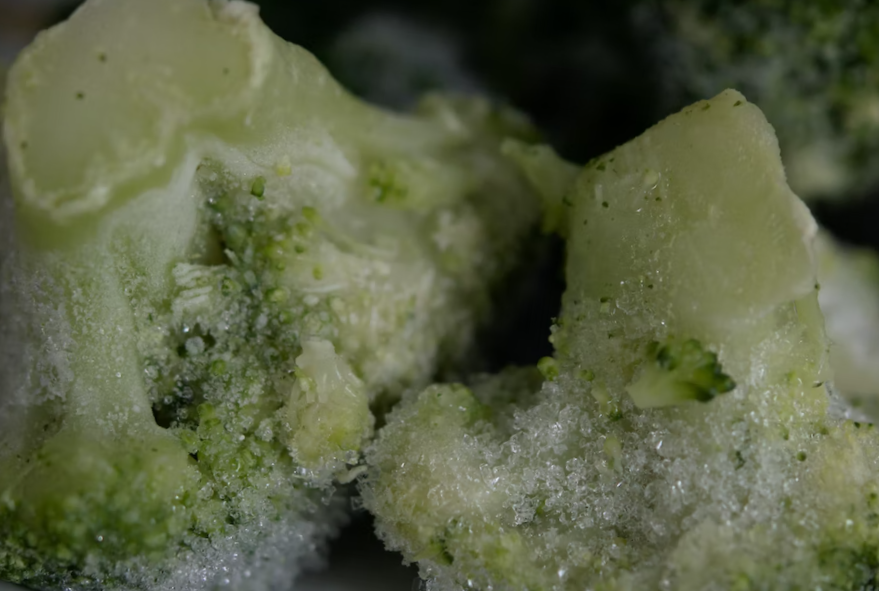
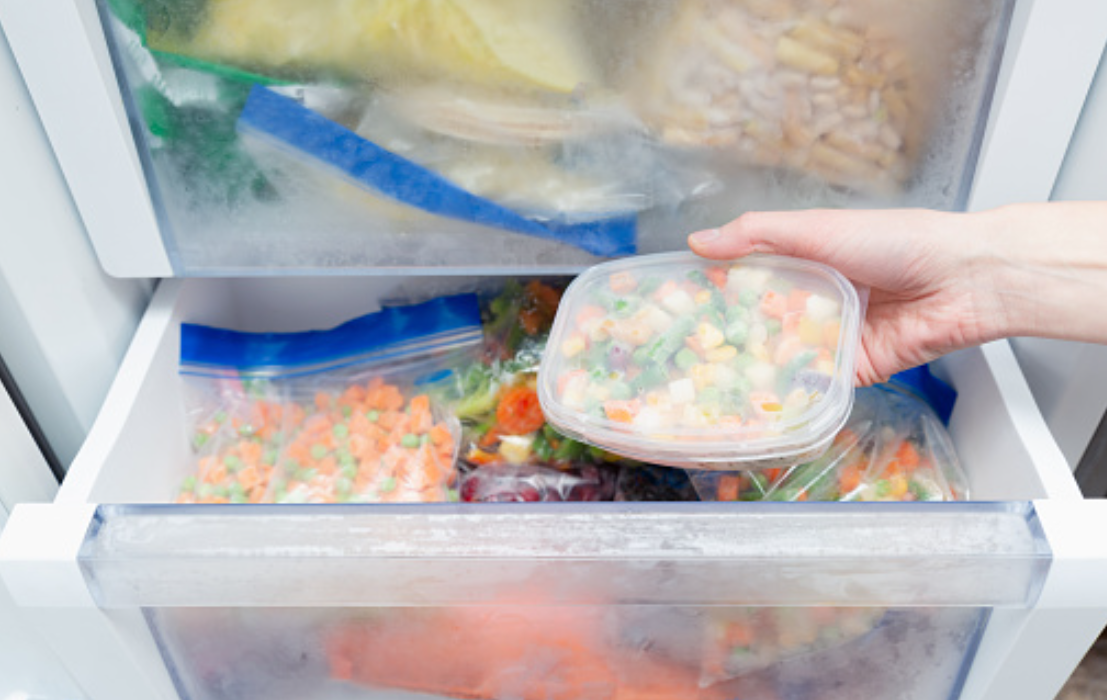
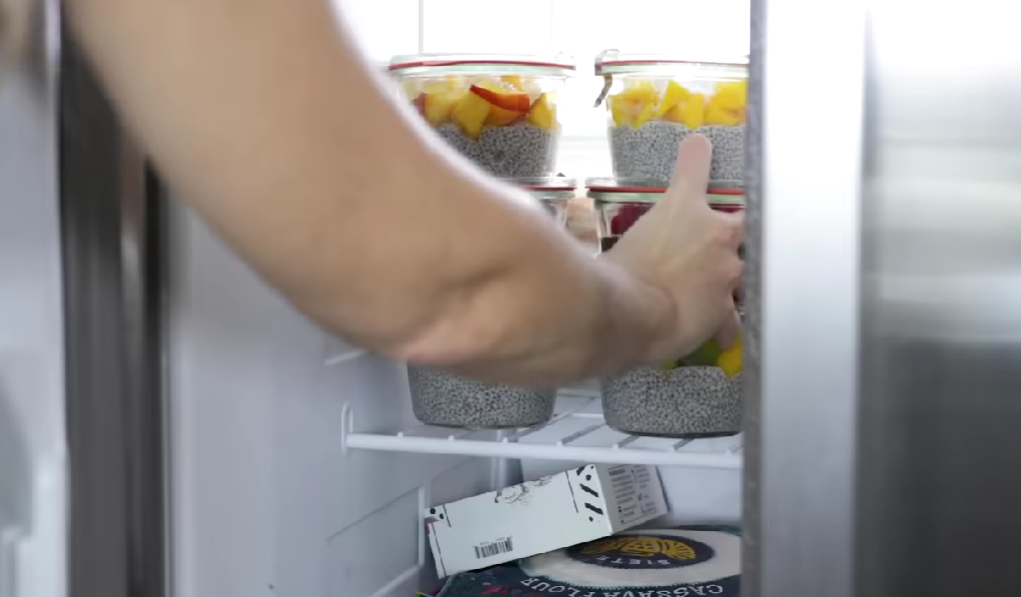
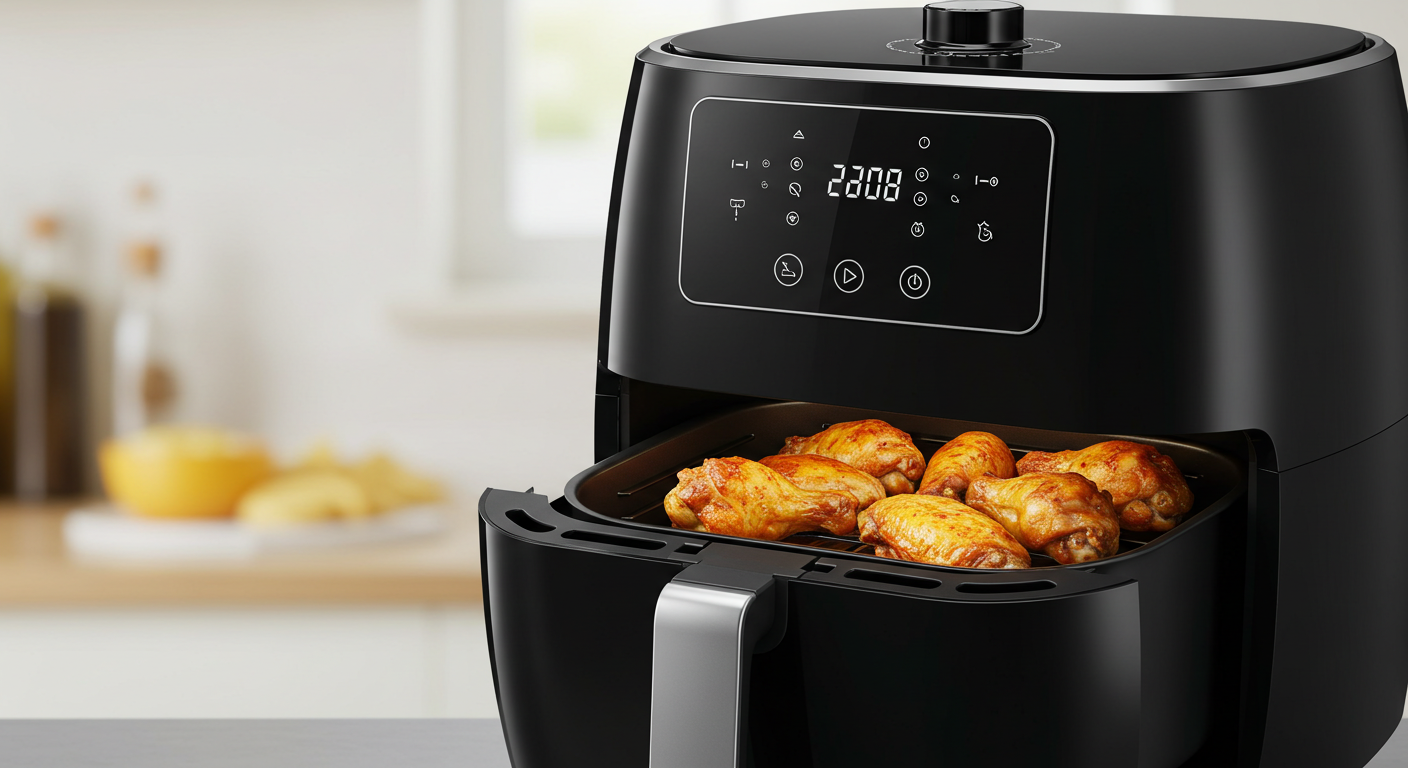
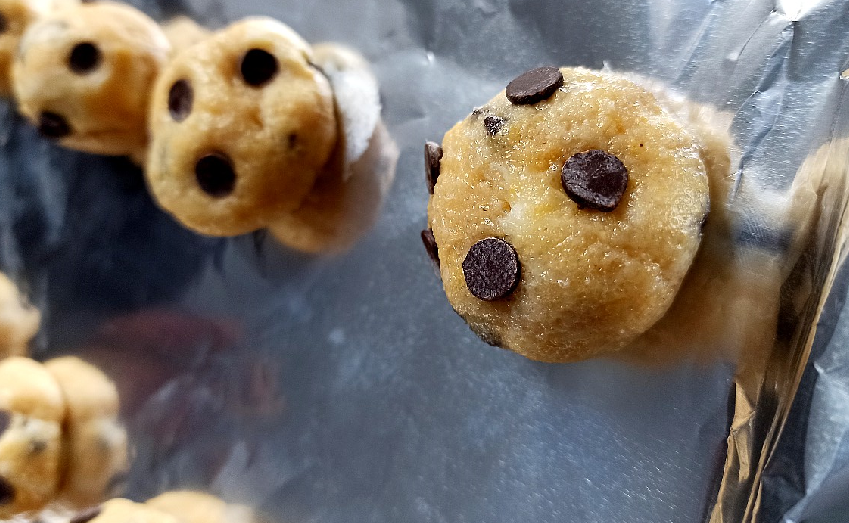
![Can you Cook Eggs in the Microwave? [Complete Guide]](/assets/images/c1f79d1cad59f18f9b5dc31403bd0eb2.png)
